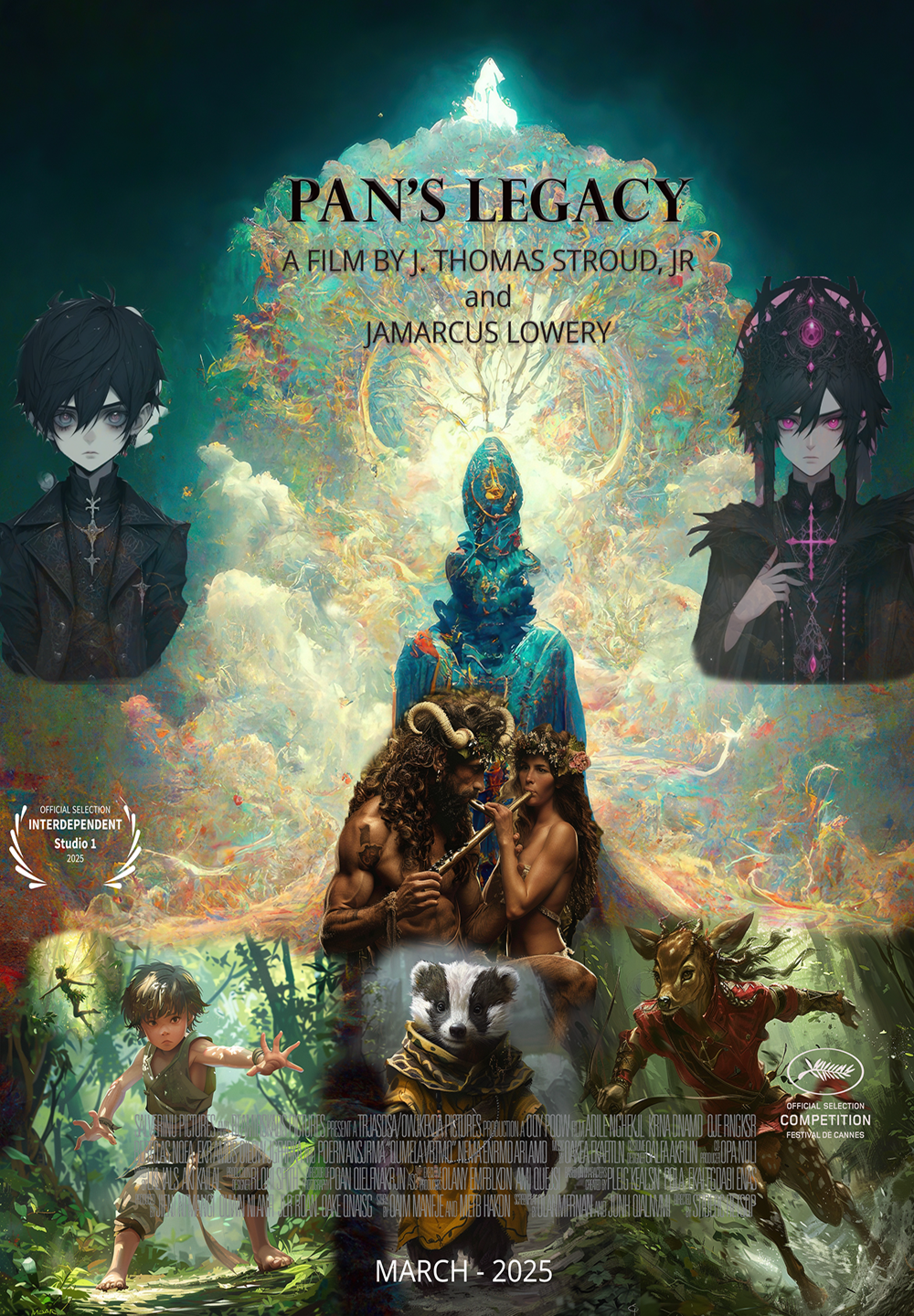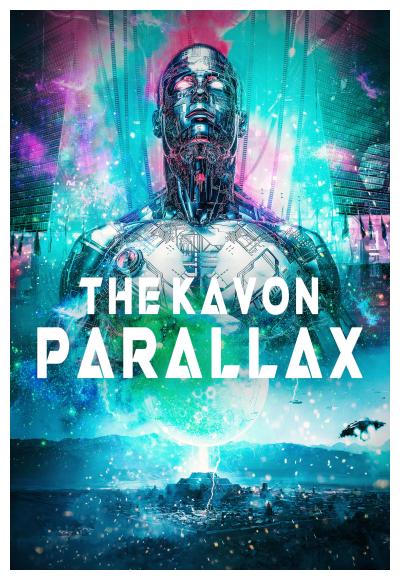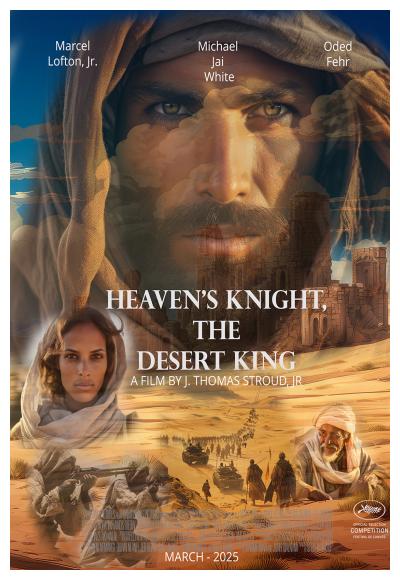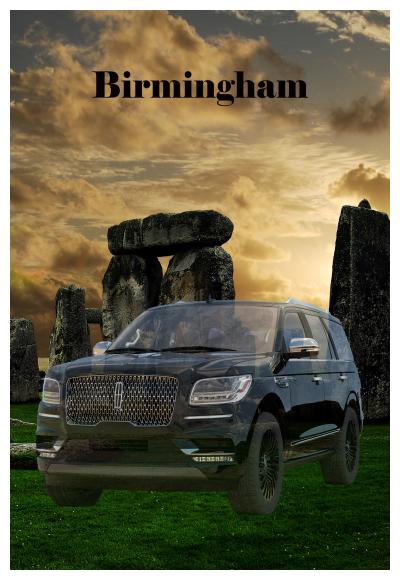
Synopsis/Details
All Accolades & Coverage
INTERDEPENDENT Studio 1 - 1st Place Judging Status Nominee
Coverage Report by Nolan Filmmaker's Studio
LOGLINE:
In a realm where gods and mortals are forbidden to mix, Peter, the half-divine son of Pan, becomes the bridge between worlds. As he battles cosmic forces and personal betrayal to protect the magical haven of Neverland, Peter must prove that love and sacrifice can transcend ancient laws, redefining the boundaries of reality itself. With the fate of multiple realms hanging in the balance, can one boy's legacy rewrite the rules of the universe?
OVERALL IMPRESSION:
"Pan's Legacy" is a sprawling epic that ambitiously intertwines mythological elements with a reimagined origin story
for Peter Pan. The script draws heavily on classic narrative frameworks, blending Robert McKee's principles of story
with Blake Snyder's focus on character transformation and John Truby's emphasis on moral choices. The structure is
ambitious, aiming to weave a complex tapestry of character arcs, world-building, and thematic depth.
Character development is a standout, particularly with Peter, who evolves from a mere rescuer of lost children
into a symbol of unity and love transcending cosmic laws. This aligns with the classic hero's journey, where Peter
must confront not only external threats but also his own understanding of identity and legacy. The transformation
of Timothy into Captain Hook is a compelling twist, providing a fresh take on a familiar antagonist, though his
motivations could benefit from more nuanced development to enhance emotional engagement.
The pacing is generally well-maintained, though the narrative occasionally risks becoming unwieldy due to the sheer
volume of subplots and mythos. This might challenge audience engagement, as the script at times leans heavily on
exposition to convey its rich backstory. However, the emotional stakes are effectively heightened through personal
relationships, particularly the bond between Peter and his surrogate father, Badger, and the tragic undertones of
Pan's history with Pitch.
Visually, the script promises a feast of imaginative sequences, from the ethereal beauty of Neverland to the cosmic
grandeur of Mount Olympus. These settings provide a vibrant backdrop for the story's exploration of themes like
sacrifice, belonging, and the power of love versus law.
Overall, "Pan's Legacy" has significant potential appeal, especially for audiences drawn to fantasy and myth. The
script’s adherence to effective storytelling techniques is evident in its ambition and scope, though refining some
character motivations and simplifying certain narrative threads could enhance clarity and emotional resonance.
SYNOPSIS:
In a cosmos governed by the First Ones, Fleur, the youngest of these divine architects, creates a realm known as
Neverland, a sanctuary hidden between worlds. Among mortals in 18th-century England, young Timothy Hookman
and his crew of street-smart orphans survive by their wits, rescuing children from harsh workhouses. However, their
lives take a mystical turn when they encounter a mysterious new boy, Peter, who leads them to the magical realm
of Neverland.
Peter, the son of the god Pan and a mortal woman, is a being of both divine and human heritage. He embodies the
potential to bridge the separate realms of gods, mortals, and magical creatures. However, his existence defies the
cosmic laws set by Fleur, drawing the attention of Pitch, the shadowy enforcer of these laws. Pitch seeks to capture
Peter to maintain the separation of realms and uphold the cosmic order.
As Peter and the Lost Boys adapt to life in Neverland, Timothy, driven by jealousy and manipulation by Pitch, betrays
Peter, leading to Peter's capture. This betrayal sets off a chain of events that threatens the existence of Neverland
itself. The Orifice, a cosmic entity designed to consume anomalies, is summoned to devour Neverland.
In a climactic confrontation on Mount Olympus, Peter's self-sacrifice and the intervention of Astrann, an ancient
being and Peter's mentor, reveal the power of love and unity over rigid laws. Fleur, witnessing the potential for
harmony between realms, decides to evolve the cosmic laws, allowing Neverland to stand as a bridge between
worlds.
Timothy, now transformed by his actions and loss, becomes Captain Hook, setting sail to create his own destiny.
Meanwhile, Peter, with Tink and the Lost Boys, continues to protect Neverland, offering refuge and hope to lost
children.
"Pan's Legacy" is a tale of redemption, the power of love, and the courage to defy destiny, weaving a narrative that
challenges the boundaries between worlds and the laws that govern them.
COMMENTS:
**Overall Story Structure**
"Pan's Legacy" embarks on an ambitious journey, weaving together mythological elements with the classic tale of
Peter Pan. The screenplay is expansive, covering significant narrative ground from the cosmic creation myths to the
origins of Neverland, and culminating in a climactic battle on Mount Olympus. The narrative adheres to a three-act
structure but stretched over a sprawling epic framework.
- **Act One** establishes the universe's lore, introducing cosmic entities and setting up the protagonist, Peter, in the
context of a world where realms are separate by divine law. The inciting incident is clear: Pan's forbidden love results
in Peter's birth, setting off a chain of cosmic events.
- **Act Two** sees Peter grappling with his identity and responsibilities. This act is densely packed with new characters
and settings, often introducing subplots such as Timothy's betrayal and the formation of Timothy's crew. The midpoint
is marked by Peter's capture, which shifts the narrative's focus towards the impending conflict with Pitch.
- **Act Three** delivers the resolution of Peter’s journey and the fate of Neverland. The climax is robust, involving a
cosmic trial and a battle that challenges the established divine order. The resolution ties back to the theme of love
versus law, ending on a hopeful note for Peter and his companions.
**Character Development**
The script focuses on a broad spectrum of characters, each with distinct motivations and arcs:
- **Peter**: His journey from a mischievous boy to a bridge between worlds is compelling. He embodies the theme of
love defying the rigid boundaries of law. Peter's inner conflict about his dual heritage and his eventual acceptance
of his role is portrayed with emotional depth.
- **Timothy**: His character arc is reminiscent of the classic traitor-turned-villain trope. Initially a leader of the Lost
Boys, Timothy's jealousy and ambition mirror Captain Hook's origin story cleverly. However, his transition from ally
to adversary feels somewhat abrupt and could benefit from more nuanced development.
- **Pitch**: As an antagonist, Pitch is portrayed as a tragic figure motivated by scorned love and duty to cosmic law.
Her complexity adds depth to her role, though her character could be more fleshed out to avoid falling into the
archetypal villain category.
- **Supporting Cast**: Characters like Tink, Badger/Astrann, and Fawyn enrich the narrative. Badger’s reveal as a
divine being adds significant weight, while Tink's loyalty and sacrifice ground her as a pivotal ally.
**Dialogue Quality**
The dialogue in "Pan's Legacy" ranges from poetic and mythical to grounded and colloquial. It effectively captures
the dichotomy between divine beings and the street-smart children of London. However, at times, the dialogue leans
towards exposition-heavy, which can slow the pacing. An effort to balance dialogue with visual storytelling could
enhance engagement.
**Pacing**
The screenplay covers an extensive timeline and a multitude of settings, which occasionally affects the pacing.
The first act is densely packed with mythological exposition, potentially overwhelming the audience. The second
act’s introduction of numerous subplots and characters might benefit from tighter focus and pacing adjustments to
maintain narrative momentum. The third act, however, regains pace with its swift succession of climactic events and
resolutions.
**Emotional Impact**
"Pan's Legacy" delivers an emotional narrative, weaving themes of love, sacrifice, and belonging. The emotional core
of the story is Peter's struggle with his identity and the sacrifices made by those around him. The climax's resolution
is satisfying, evoking a sense of hope and new beginnings. However, the emotional beats could be more impactful
with deeper exploration of character motivations and relationships, particularly between Peter and Timothy.
**Engagement with Intended Audience**
The screenplay effectively targets a young adult audience familiar with fantasy and mythological tales. Its blend of
classic Peter Pan elements with new mythological lore provides a fresh take on the beloved story. The script's rich
world-building and character arcs offer depth, appealing to viewers seeking an epic fantasy adventure.
**Adherence to Storytelling Techniques**
"Pan's Legacy" employs several established storytelling techniques, drawing on principles from screenwriting texts
like Robert McKee's "Story" and Blake Snyder's "Save the Cat." The script features a clear protagonist's journey,
thematic depth, and a structured narrative. However, adhering to John Truby's emphasis on character complexity
and moral argument could enhance character development and thematic exploration.
**Conclusion**
"Pan's Legacy" is an ambitious and expansive screenplay that successfully blends new mythological elements with
the classic tale of Peter Pan. While it demonstrates strong thematic intent and world-building, further refinement in
pacing, dialogue, and character development could enhance its emotional impact and narrative clarity. Overall, it
offers a compelling and imaginative reimagining of a timeless story.



